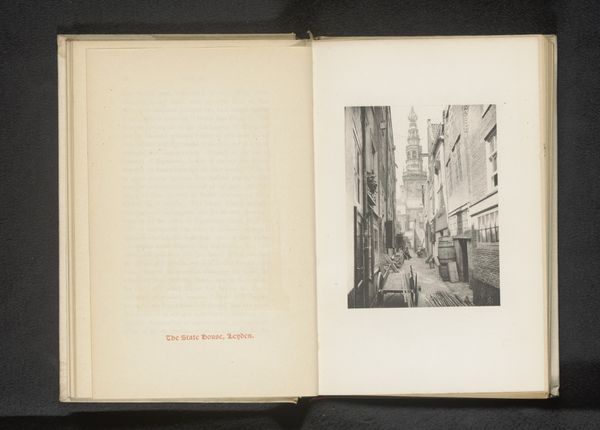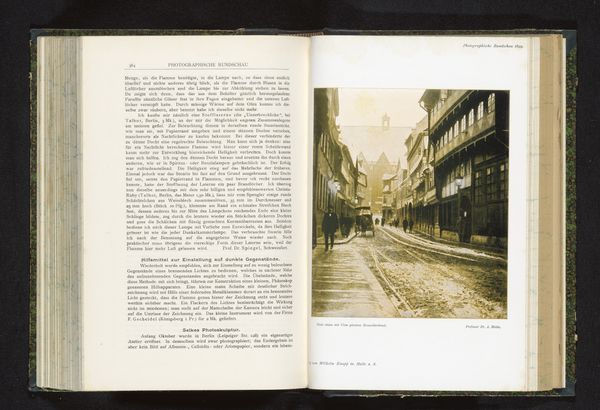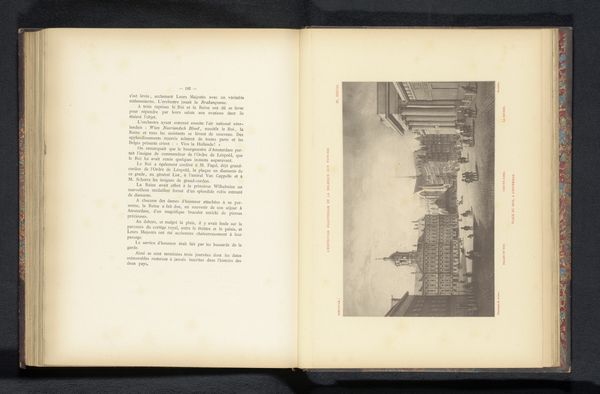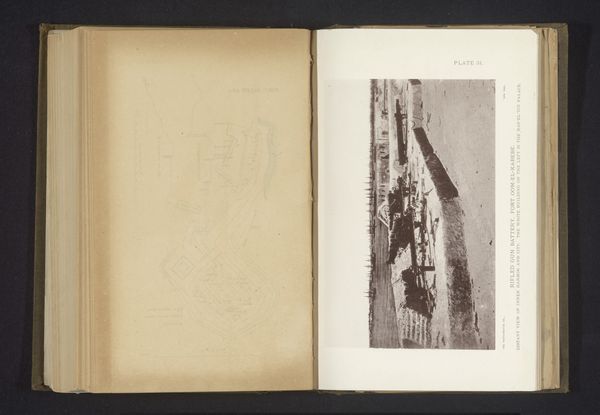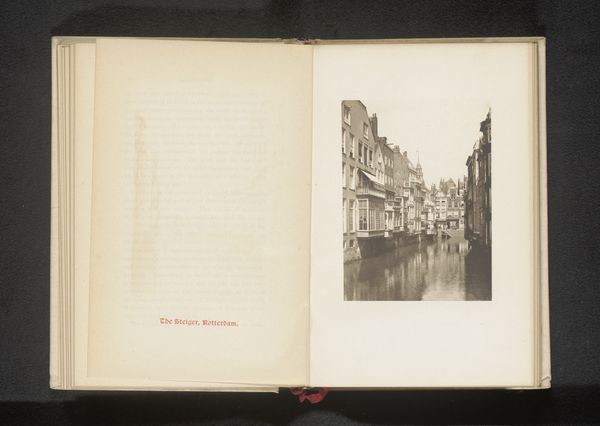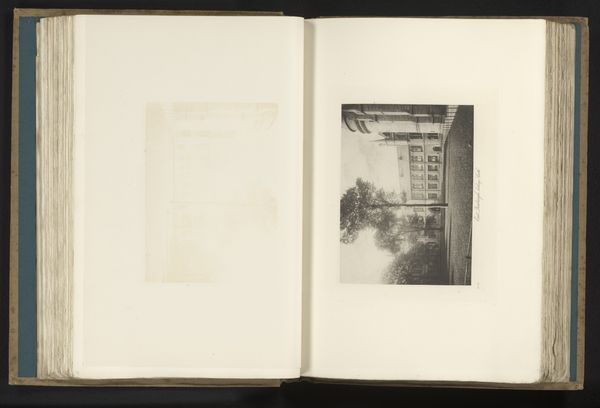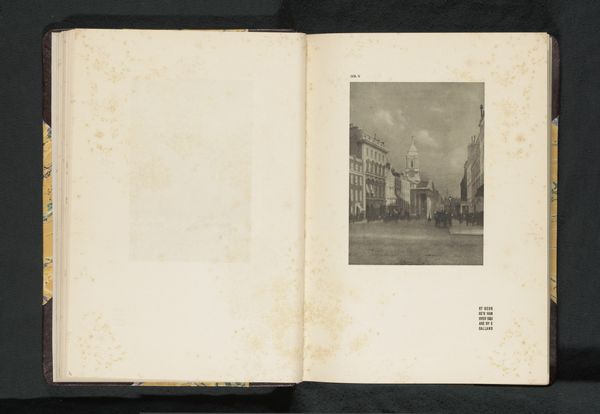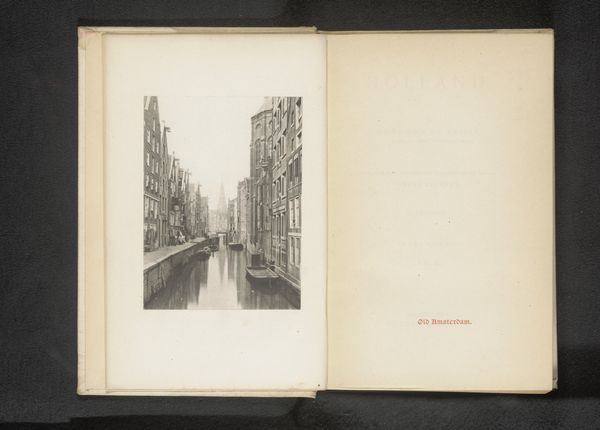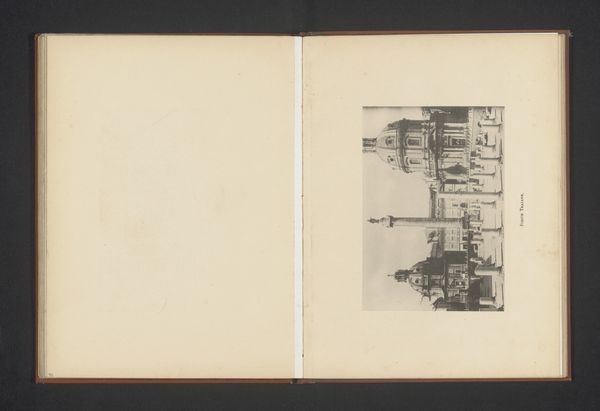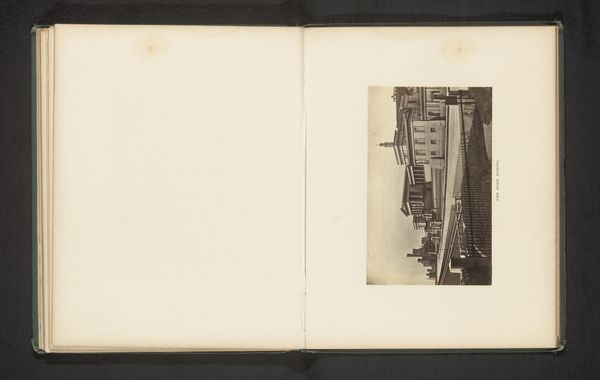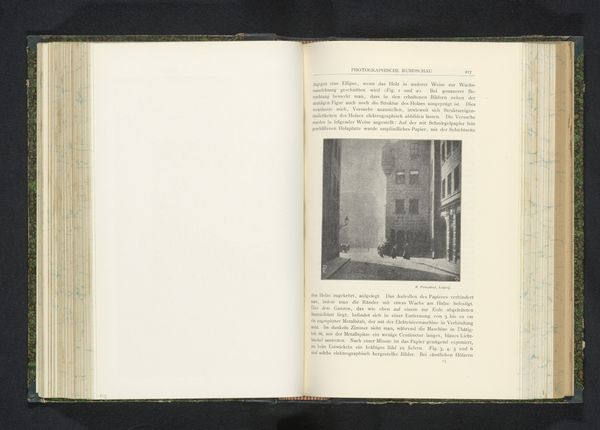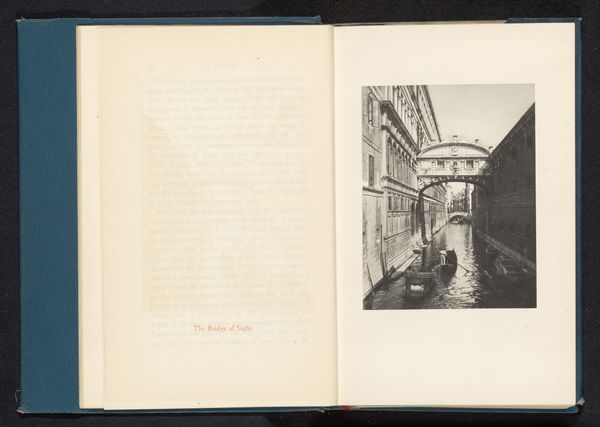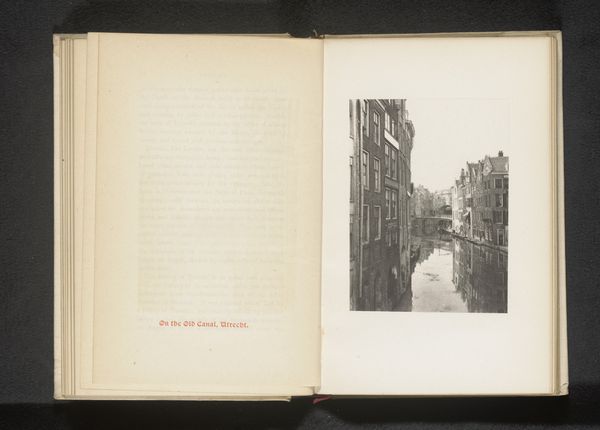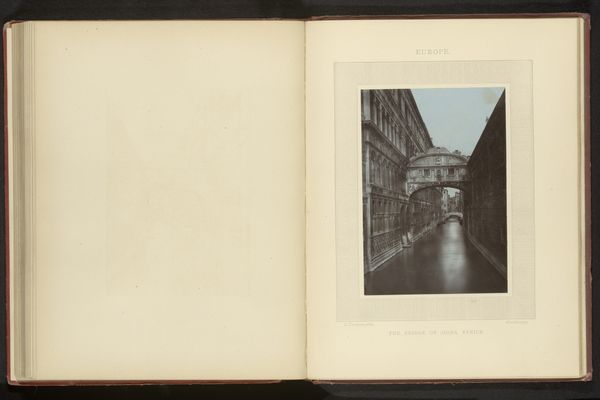
print, photography
#
pictorialism
# print
#
photography
#
cityscape
#
street
Dimensions: height 172 mm, width 120 mm
Copyright: Rijks Museum: Open Domain
Editor: This photograph, "View of a street with a lantern, presumably in Dresden," created before 1900 by H. Quatz, presents a compelling cityscape using photography. I'm immediately struck by its almost melancholic mood. What can you tell us about the symbolism or recurring visual elements within this piece? Curator: It's interesting that you picked up on that melancholy. Street lamps in art, particularly during the late 19th century, often represented more than just illumination. Think of them as beacons in the encroaching darkness, both literal and metaphorical. This Pictorialist image also suggests the societal anxieties around rapid industrialization and urbanization at that time. The wet streets add to this; reflections often represent doubling or hidden aspects, a subtle unease. Editor: So, the reflections are intentionally symbolic, meant to suggest hidden or unseen anxieties? I hadn’t thought about it that way, more as just a weather element. Curator: Precisely! Consider how photography itself was rapidly evolving. It captured moments, places, and sentiments with unprecedented accuracy. Perhaps Quatz subtly captured a tension between the allure and potential alienation that the burgeoning metropolis offered. The symbol of the city as a beacon of opportunity and potential danger. Do you see anything else recurring here? Editor: Well, the light reflecting everywhere, but dimly. Also, that everything looks muted. What do you think accounts for the lack of distinct tonality? Curator: Given the Pictorialist style and likely printing process, the muted tones contribute to the dreamlike quality. It pushes the photograph away from purely representational and moves it towards expressing an emotional atmosphere. It also suggests an underlying sense of timelessness; Dresden is made every city. It’s very much a sign of its time. Editor: That's fascinating. It really changes how I see the image. Curator: Indeed. What appeared as a simple cityscape is, on closer inspection, layered with symbolic meaning reflecting the complex cultural psyche of its era. Editor: Thanks, now I see how much information is hidden inside images and objects!
Comments
No comments
Be the first to comment and join the conversation on the ultimate creative platform.
